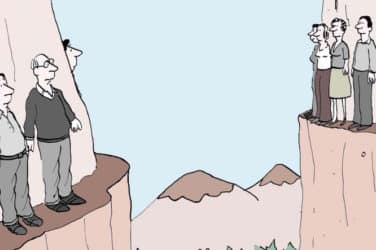
A seasonal lull is expected to keep markets comparatively quiet into September, but there are at least a couple major themes in focus beyond that.
Market participants and operators are closely watching how the U.S. Securities and Exchange Commission’s review of electronic high-speed trading unfolds, and there’s also pervasive concern that equity valuations are too high and interest rates are too low.
SEC Chair Mary Jo White launched a shot against the bow of some high-frequency traders when in early June she unveiled fairly detailed proposals to bolster oversight of trading activity and also review certain off-exchange trading venues. White said the regulator would take next steps in coming months, and market participants expect more clarity in the fall.
“Changes in equity market structure will be a big issue in the next three to six months,” said a Chicago-based proprietary trader. “There is a lot of turmoil around the traditional model of bank internalization with dark pools.”
Another regulatory front opened up in late June, when New York State Attorney General Eric Schneiderman filed suit against Barclays, alleging the firm misled customers about the level of high-frequency trading taking place in its LX dark pool. The legal action was a bit of a curveball for some market participants, as in April Schneiderman had indicated he was looking at high-frequency traders themselves, not necessarily the venues they trade on.
“The AG didn’t go after HFT like he first said,” the prop trader said.
As market players await micro-level structure developments, the macro backdrop is one of waiting for other shoes to drop — namely, the stock market, and bond prices. The former has chugged ahead even as economic growth is arguably insufficient to support such lofty levels, while the latter have stayed high, despite widespread expectations that rates are poised to ascend.
“Everybody has been expecting rates to back up, but that’s not happening,” the trader said. “It seems like everyone also expects the stock market to correct, and that is not happening.” As a result, short positions popular with some active traders have been squeezed.
Featured image via iStock






